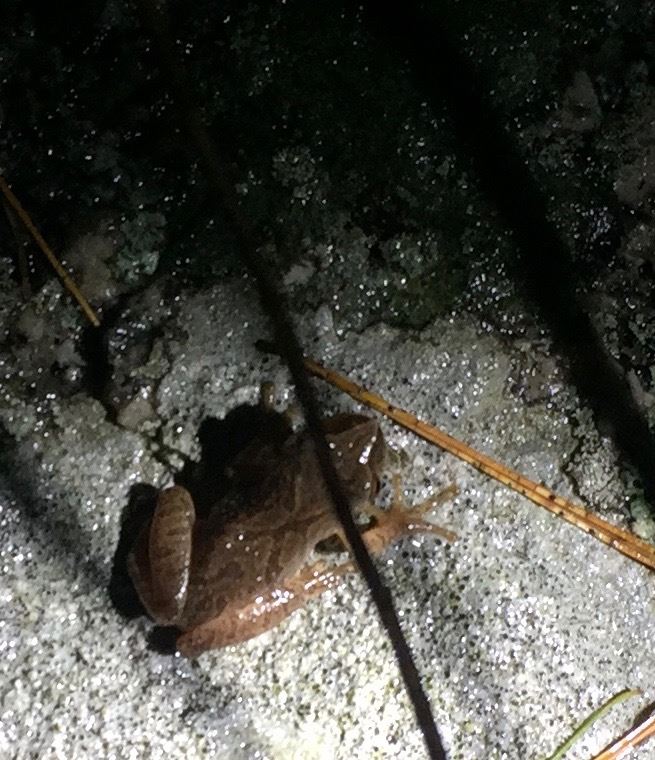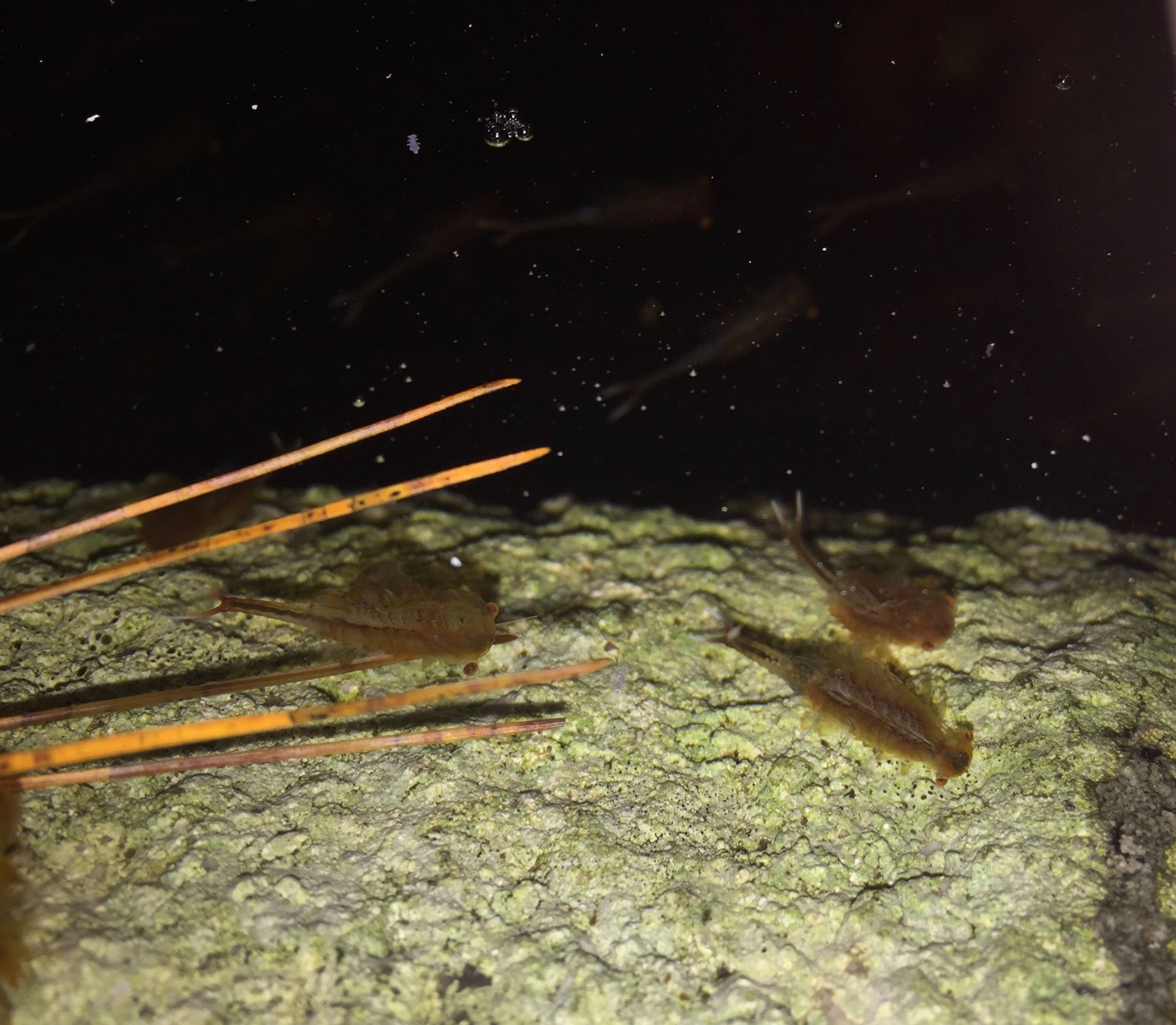- HOME
- Activities
- Activity Photographs
- 2017 Activity Photographs
- Nighttime Vernal Pond Field Trips 2017
Cape Ann Vernal Pond TeamNighttime Vernal Pond Field Trips 2017 |
Photographs for this Nighttime Vernal Pond Field Trip series by Victoria Rolf unless otherwise acknowledged. |
Eighth NIGHTTIME VERNAL POND FIELD TRIP - APRIL 15, 2017 AT 9:00 - 10:00 PM |
Here's a young and excited Cape Ann Vernal Pond Team volunteer and field tripper out on the town again for her second Nighttime Vernal Pond Field Trip this year. We got out of the car and the sounds of the Spring peepers dominated the air. When we arrived at the pool it was no longer possible to hear each other unless you were right alongside. She wore a hat trying to muffle the shrill mating calls of the Spring peepers on her tender young ears. The peepers seem to have taken over the pond and that was the predominant action of the night including a few paired up. We saw lots of egg masses and some Spotted salamanders hanging around on the bottom of the pool. We also heard a few Wood frogs but didn't see them, and a few slugs and bugs. |
| Spring peeper
|
|
|
|
Spotted salamander |
Seventh Nighttime Vernal Pond Field Trip - April 13, 2017 at 9:00 - 10:45 pmA beautiful night out in the woods vernal ponding. Every night is so different and unpredictable. The Spring peepers were auricular above all else. You can only use deafening so many times. Only when you got right next to the pond could you hear the wood frogs calling, and they weren't as active as the night before. We saw peeper individuals and pairs everywhere. There were lots of Spotted salamanders laying on the bottom of the pool, and not as shy of the lights. The salamanders weren't congressing but there were some small pods along with some areas of fresh spermatophores that were super white scattered on the pond floor. We saw lots of salamander egg masses. No migrating sals but the next phase may be a migration back out to their woodland homes during the next rain. We went to see the Fairy shrimp too and they performed admirably for us - so beautiful to watch. The highlight may have been the herd of caddisfly larvae which you can kind of see below. |
| Caddisfly larvae on Spotted salamander egg mass |
Spring peeper |
Spring peepers |
Sixth Nighttime Vernal Pond Field Trip - April 12, 2017 at 9:00 - 11:00 PMWow, what a BLAST! We had a great field trip last night to Ravenswood Park. We were lucky to have a couple lower school friends-of-nature along and it was a joy to watch. They sure have those young eagle eyes. One mom even spent about fifteen minutes observing the hitchhiking Spring peeper below, and she was just about in heaven. Everyone was marveled. The youngsters were lucky enough to see and hear high-diving salamanders. If you want to know what that's all about check out the article by Nathan Mineo on our site at this link - High-diving salamanders. A few spotted sals were seen migrating - even though it wasn't raining the ground was still wet from the afternoon rain. They won't migrate if the ground is dry, even if they have only feet to go. There were lots of peepers calling and breeding and they dominated the night air. The female Spring peeper is bigger and the male climbs on her back for the mating ride. We had a good Wood frog chorus but didn't see as many as last night. Lots of congressing sals in the pool. We saw spermatophores and eggs, Fairy shrimp bowl madness, Caddisfly larva, Red-backed salamander and a Predaceous diving beetle. What else do you need really? |
Spotted salamander |
|
|
|
|
Congress of Spotted salamanders - Crazy salamander swarms but they are not actually mating. The males leave the whitish spermatophores in the vernal pond and the females swim over it and in the sperm goes. Thus fertilizing the eggs which she then lays in the pond to develop. The male Spotted salamanders congress and go through a mating dance. The males swim about nuzzling each other and coming to the surface for a gasp of air. This was the first time we had seen the big masses of them, sometimes numbering over fifty, all bunched up in piles. A congress is evidence of breeding activity. |
Spotted salamander egg masses |
Predaceous diving beetle |
|
Fairy shrimp |
Red-backed salamander
|
|
Fifth Nighttime Vernal Pond Field Trip - April 11, 2017 at 9:00 - 10:15 pmAnother foray into the woods of Ravenswood Park. We were fortunate to have long time Cape Ann Vernal Pond Team member and volunteer Nathan Mineo join us for a rare appearance - another true vernal pond expert. He wrote the thought-provoking Did You Know...? series of articles on our website. He also has an eagle eye for spotting the lovely camouflaged creatures we were in search of. Rick and Nathan spotted newts, our first big toad of the season, Spotted salamanders, Bull frog, Wood frogs, Spring peepers, leeches, and egg masses a plenty. My ears felt like I was sitting in the front row of an Alice Cooper concert. The chorus was quite unreal. |
Wood frog |
Spring peepers |
|
|
| Spotted salamander spermatophore |
Fourth Nighttime Vernal Pond Field Trip - April 9, 2017 at 9:00 - 10:15 PMAnother adventure out to the great wild yonder. A vernal pond is like a box of chocolates....Upon arrival at the pond we could hear the army of Spring peepers and Wood frogs. Once we approached the pool the chorus was both deafening and beautiful. They are only about a half to an inch long fully grown but they make this incredibly loud peeeeep sound. We were right by briars in the water that must have been the motel for the Wood frogs. They were really quacking and chasing each other around. There were a few salamanders on the bottom of the pool that were trying to remain unseen. Nothing was migrating and Rick said it was because the ground wasn't wet and the salamanders will wait until it gets wet. We saw a couple of newts, caddisfly larva, leaches, Wood frog egg masses, and some slugs trolling along. |
| Spring peeper |
Wood frog |
|
Slug | Caddisfly larva |
THIRD NIGHTTIME VERNAL POND FIELD TRIP - APRIL 6, 2017 AT 9:00 - 11:00 PMAnother wonderful and rainy field trip. It thundered and rained until the field trip began and then it miraculously abated. The forecasted temperature was 50 degrees at 10 pm but it hovered around 45 degrees. It wasn't crazy with activity but its almost time. At the first pool in Ravenswood we saw a couple Spotted salamanders migrating to the pool and 25 or so congregating on the bottom of the pool in the leaf litter. Occasionally they would come up for air. We saw a couple Spring peepers but it was probably on the cold side tonight. We heard a few croaks too. At the second pool there were a whole bunch of Spotted salamanders really trying to hide on the pool floor. A definite highlight was the ninety trillion Fairy shrimp and this photograph. |
Fairy shrimp and Springtails |
| Fairy shrimp and Spotted salamander coming up up for air video by Susan Boyé |
Spring peeper
|
|
| Spotted salamander
|
| So sweet... |
Spotted salamander |
|
Cape Ann Vernal Pond Team * P.O. Box 39 * Gloucester, MA 01931 |


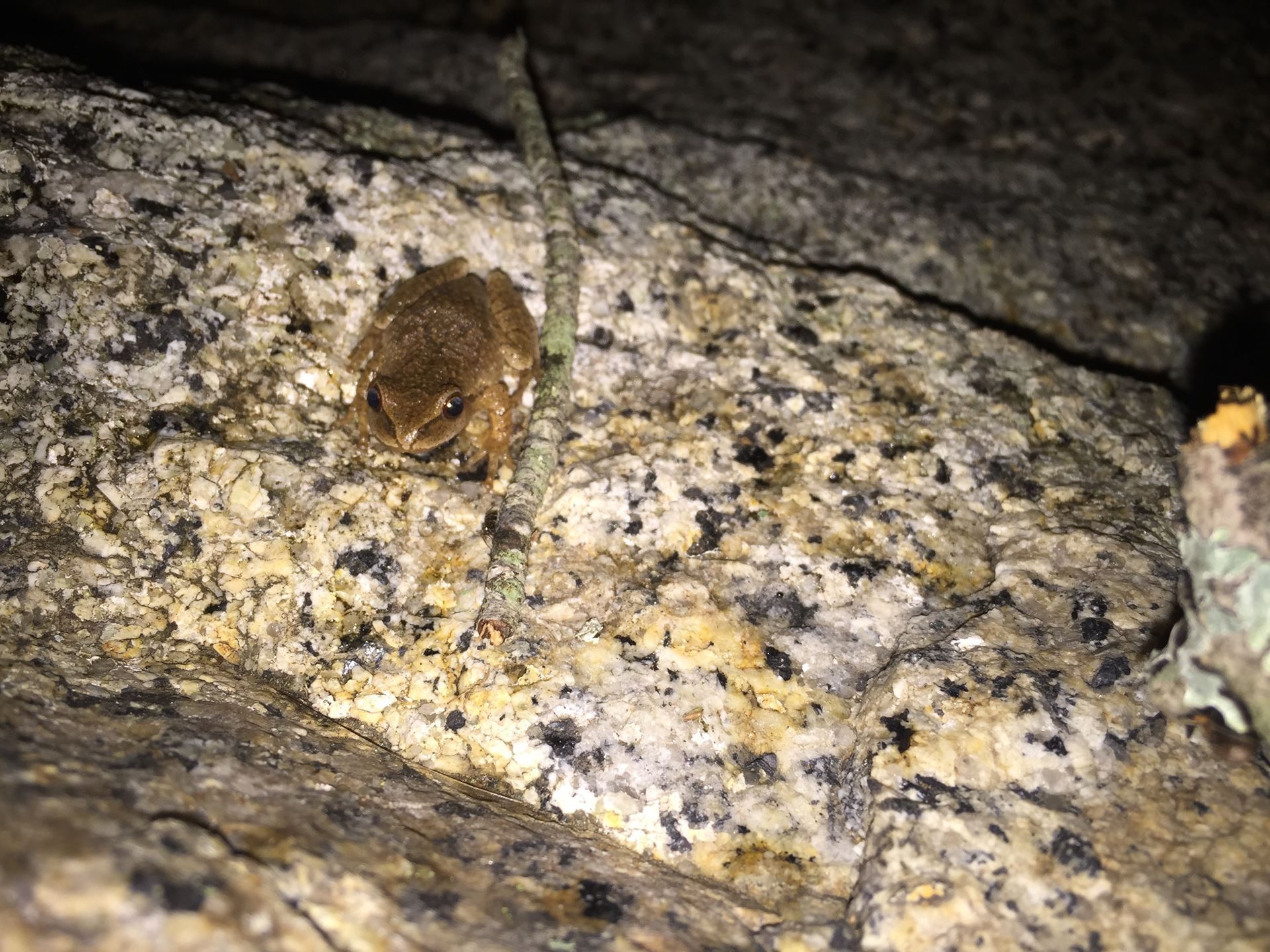



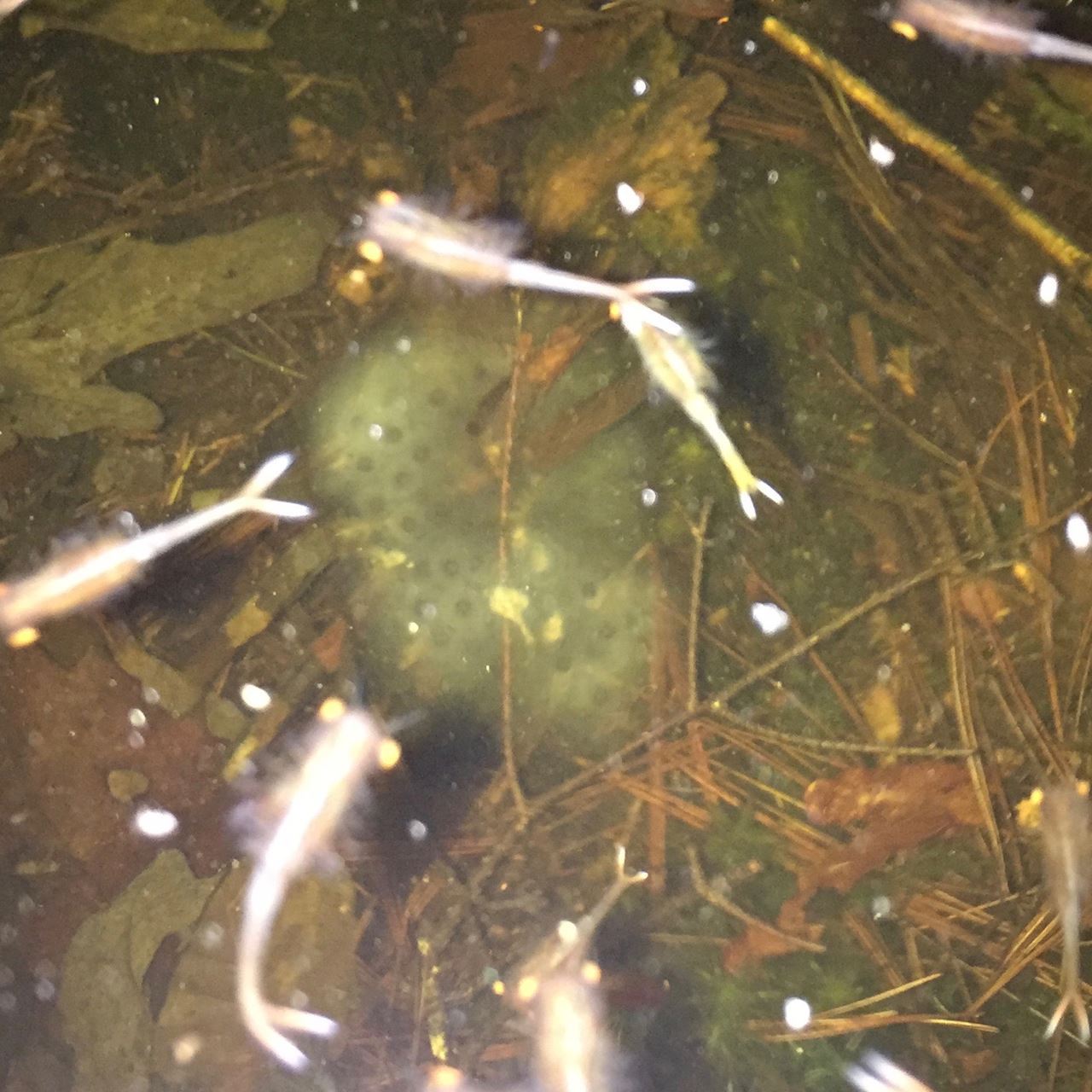

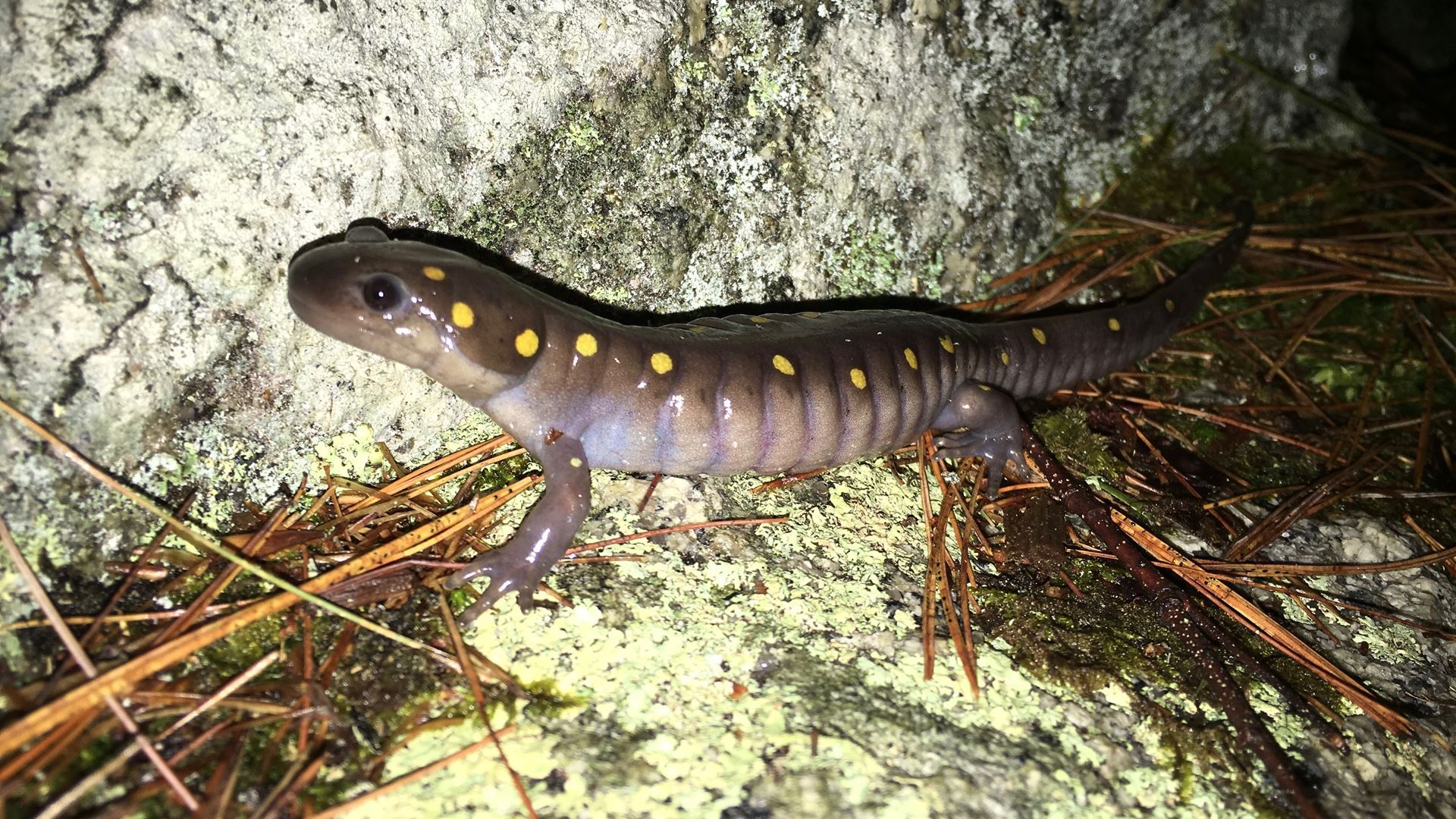 Spotted salamander minding my own business photograph by Shay Cajolet
Spotted salamander minding my own business photograph by Shay Cajolet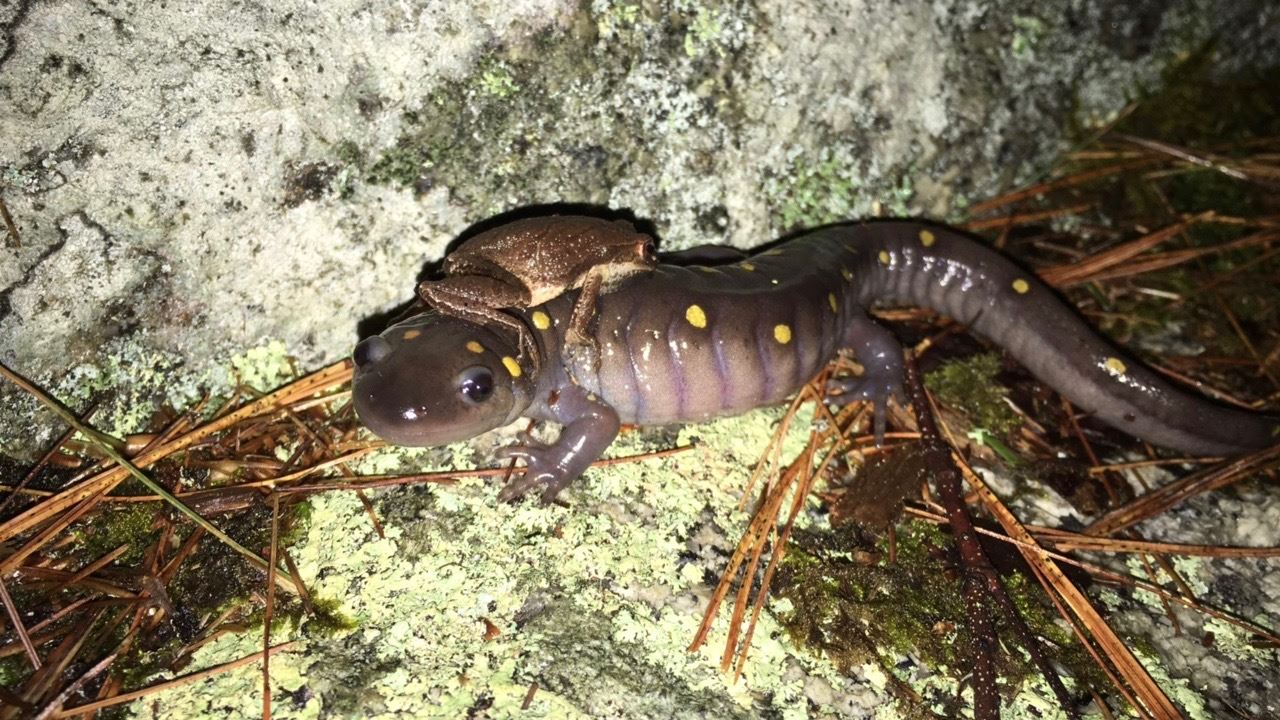 All aboard...Spring peeper climbing aboard Spotted salamander photograph by Shay Cajolet
All aboard...Spring peeper climbing aboard Spotted salamander photograph by Shay Cajolet
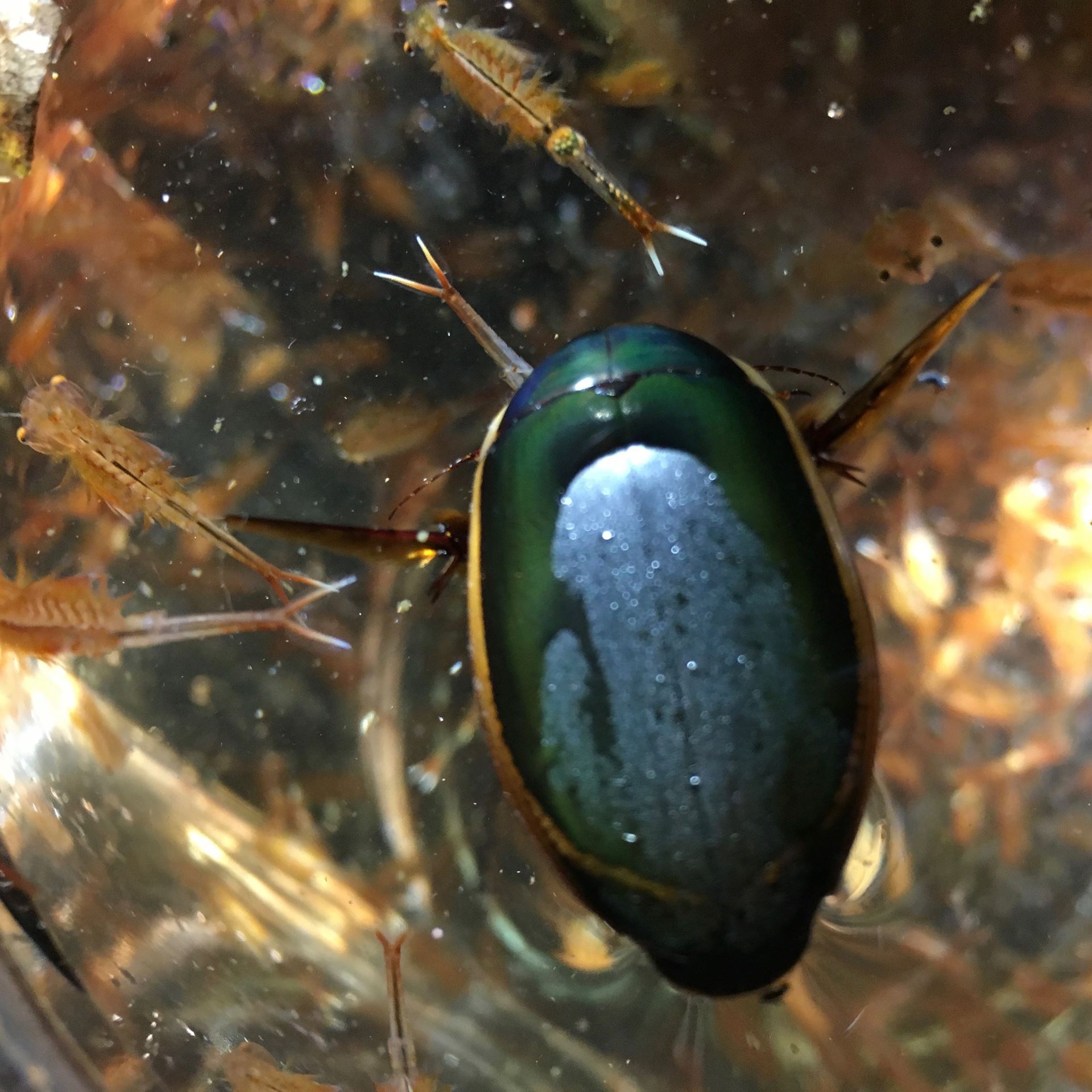



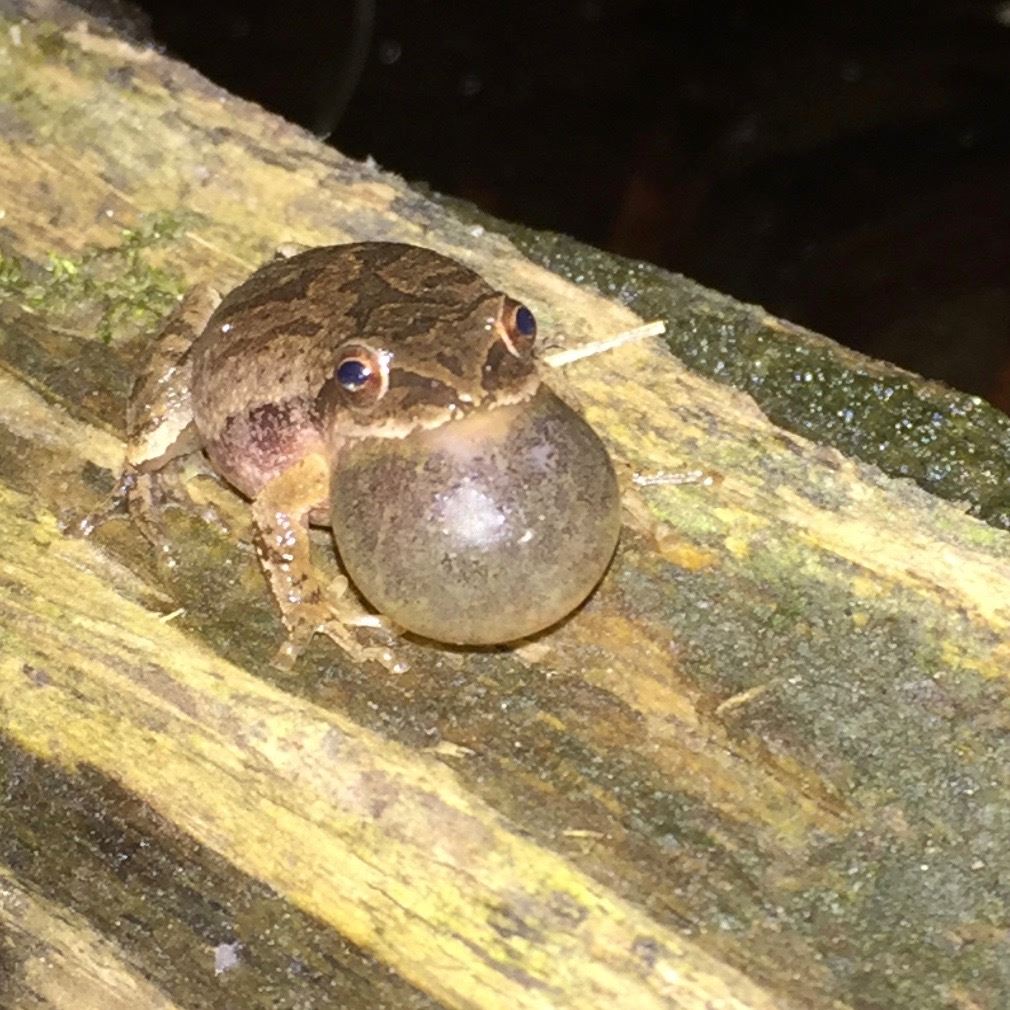

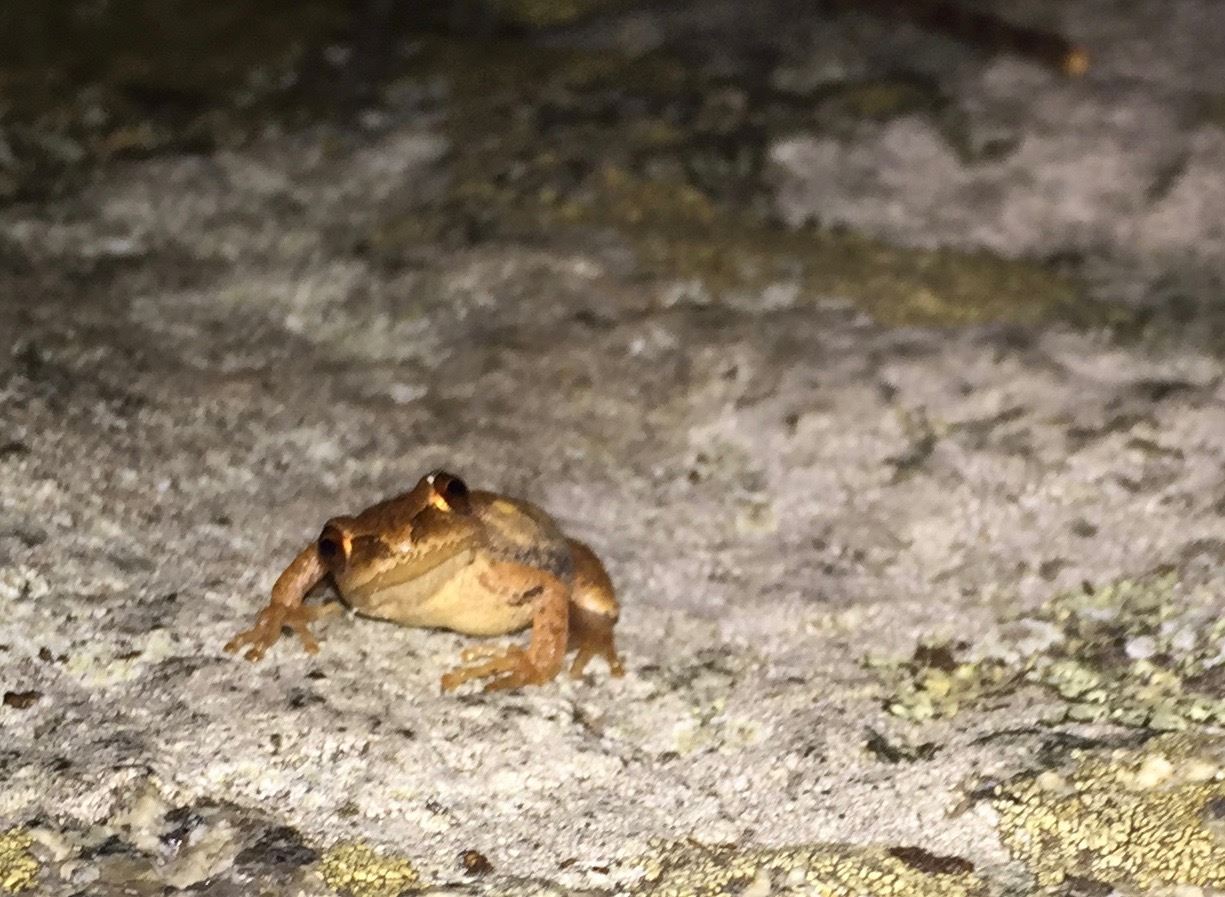

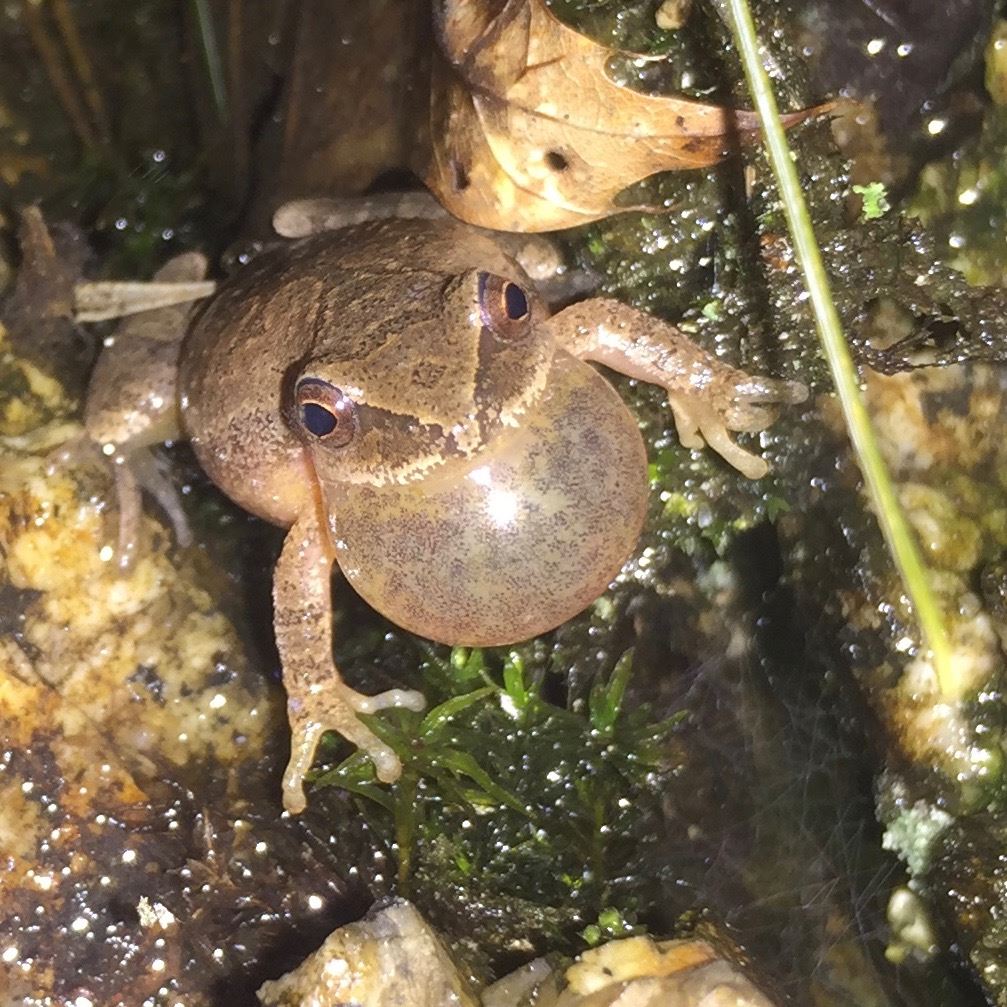 Spectacular male Spring peeper photograph by Christian Kishida
Spectacular male Spring peeper photograph by Christian Kishida
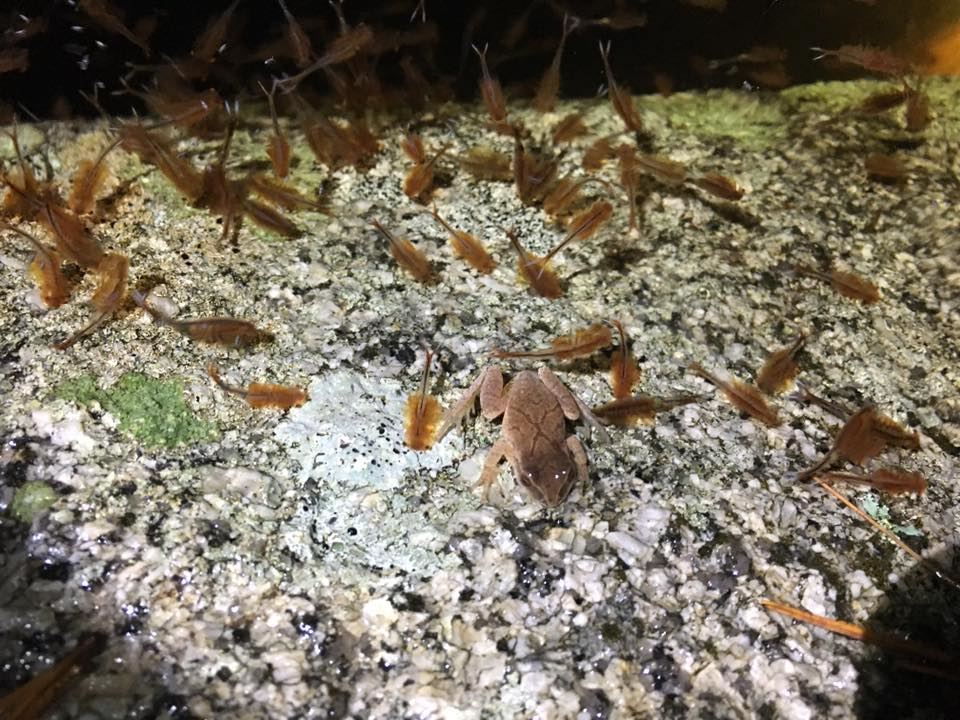 Fairy shrimp and Spring peeper photograph by Susan Boyé
Fairy shrimp and Spring peeper photograph by Susan Boyé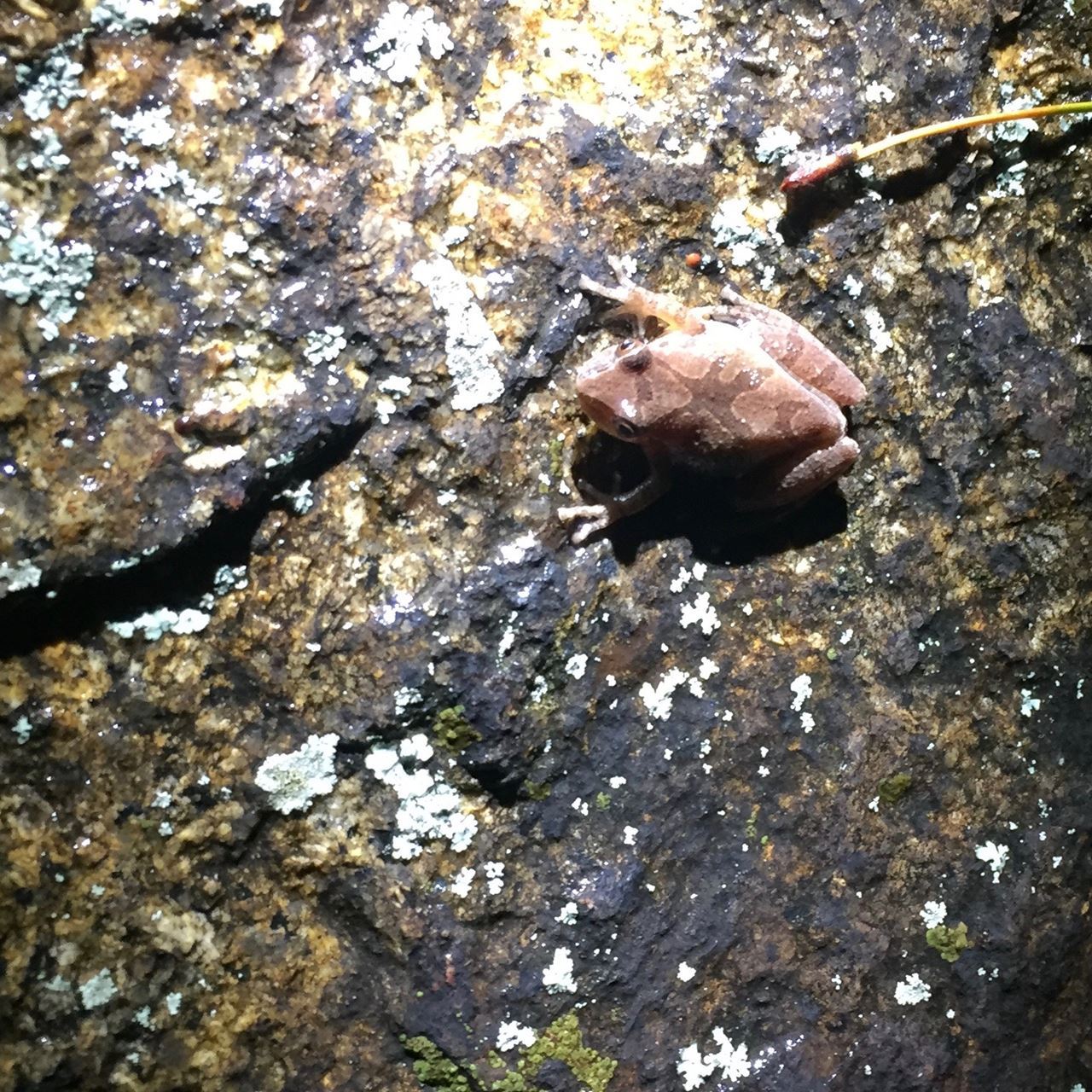
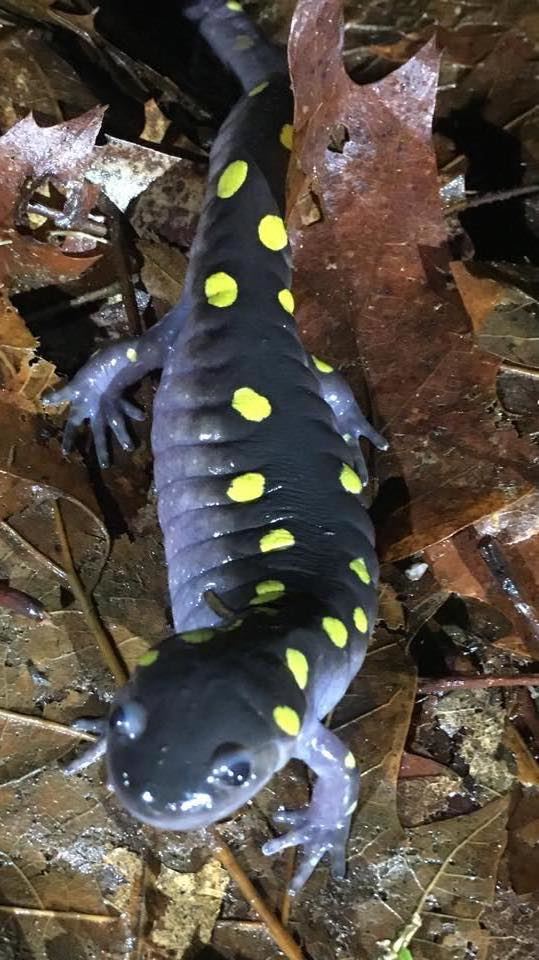 Beautiful female Spotted salamander full of eggs
Beautiful female Spotted salamander full of eggs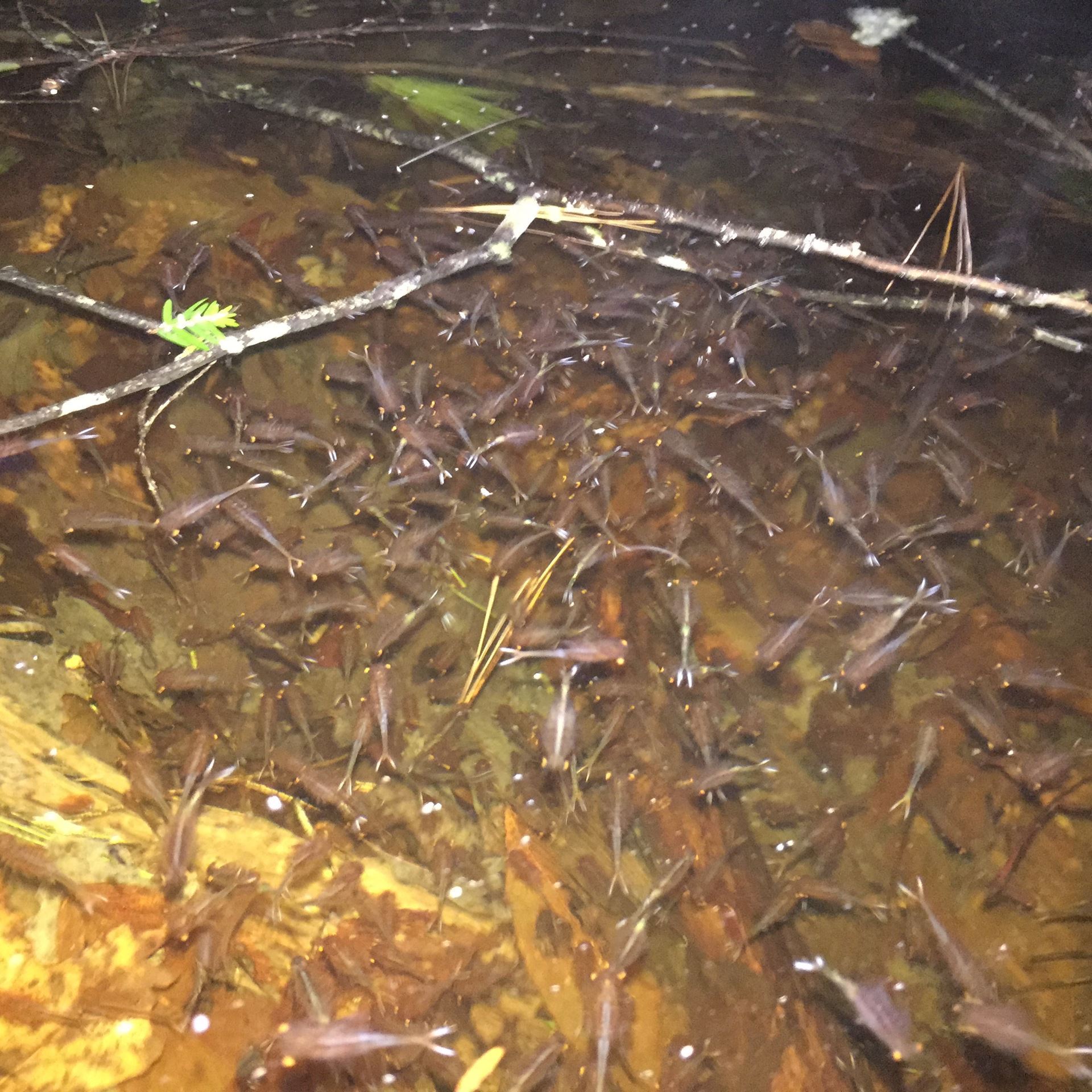 Fairy frenzy photograph above taken by Christian Kishida
Fairy frenzy photograph above taken by Christian Kishida Spring peeper skedaddling photograph by Susan Boyé
Spring peeper skedaddling photograph by Susan Boyé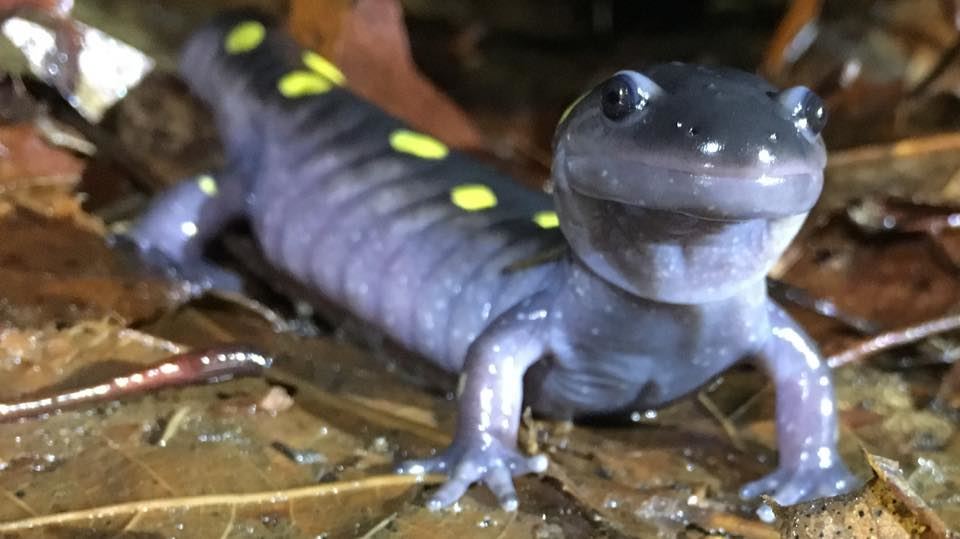
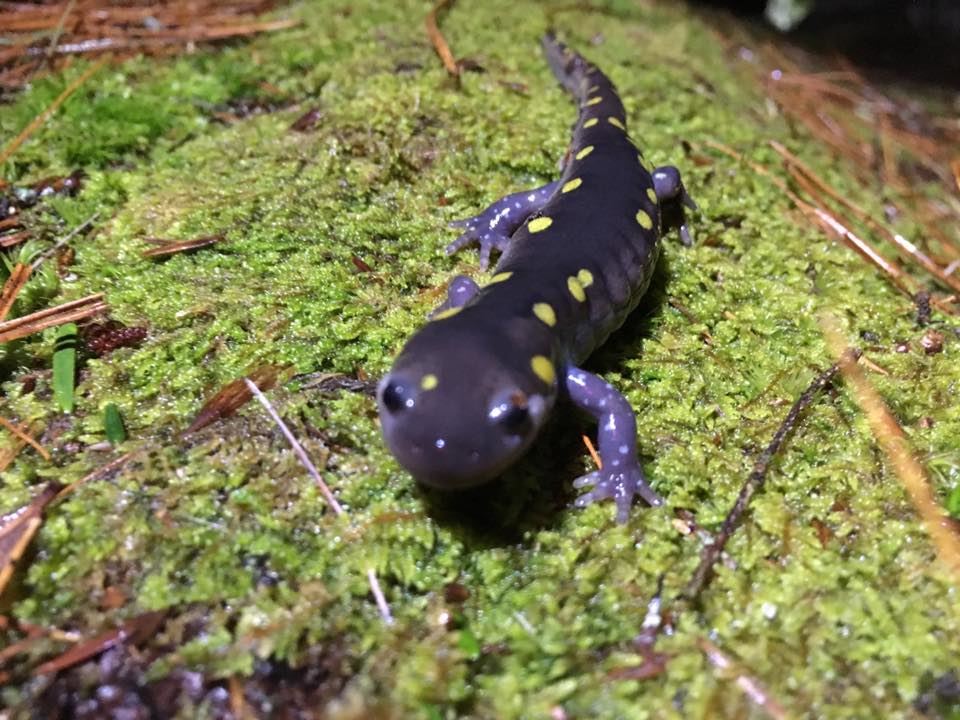

 This submerged Spotted salamander
This submerged Spotted salamander 
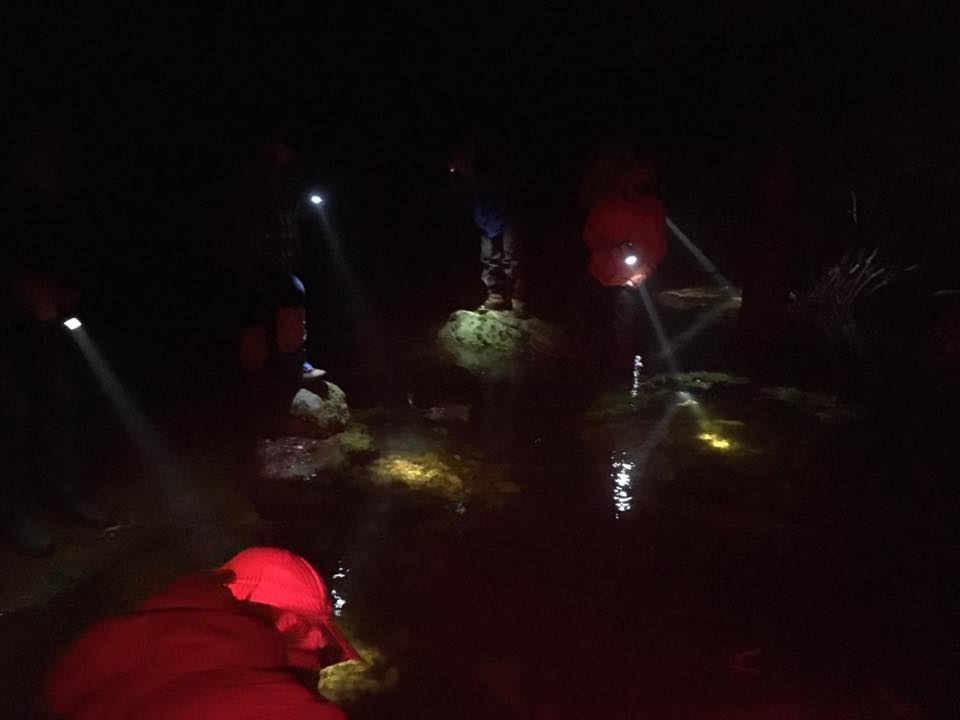

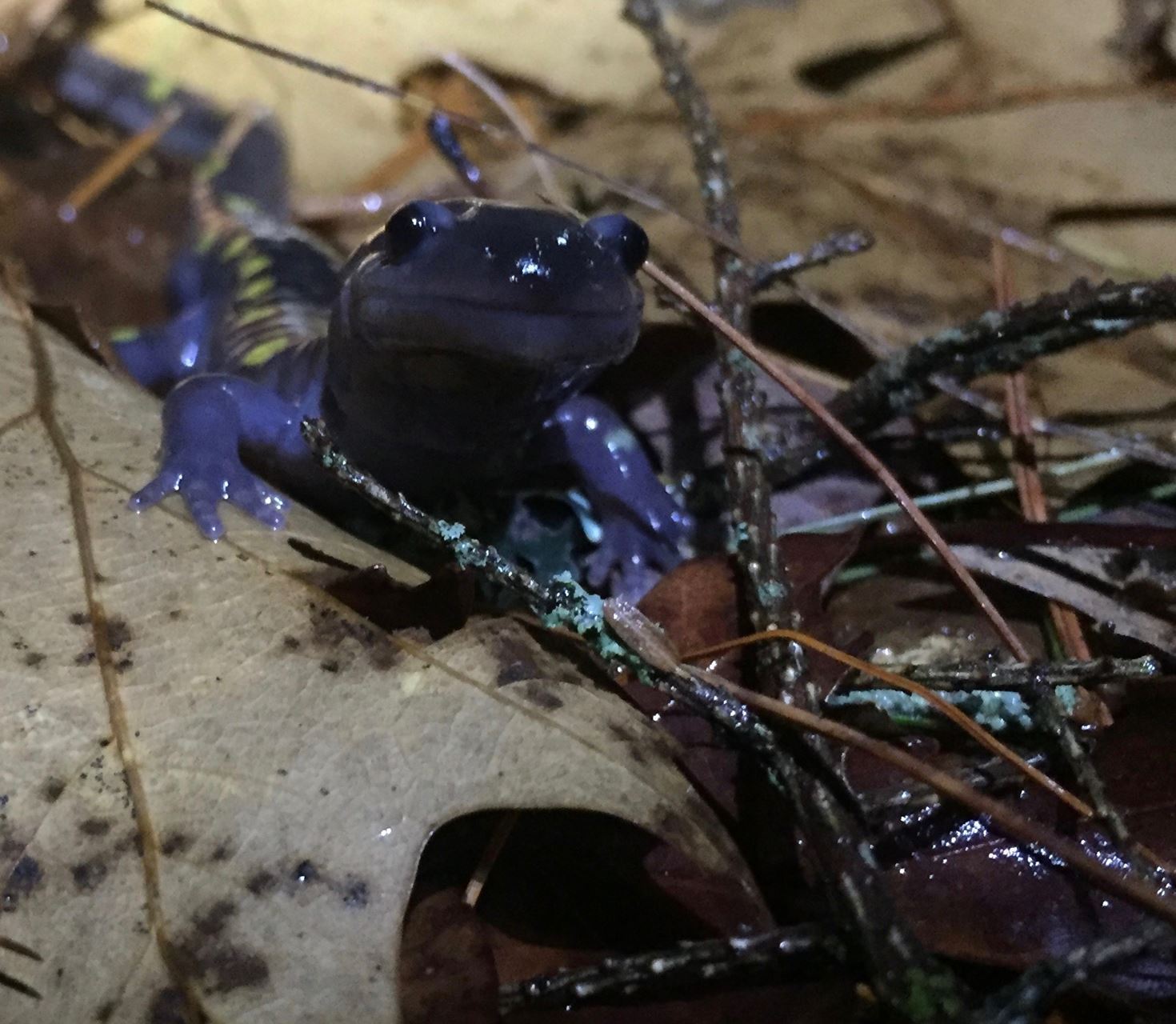
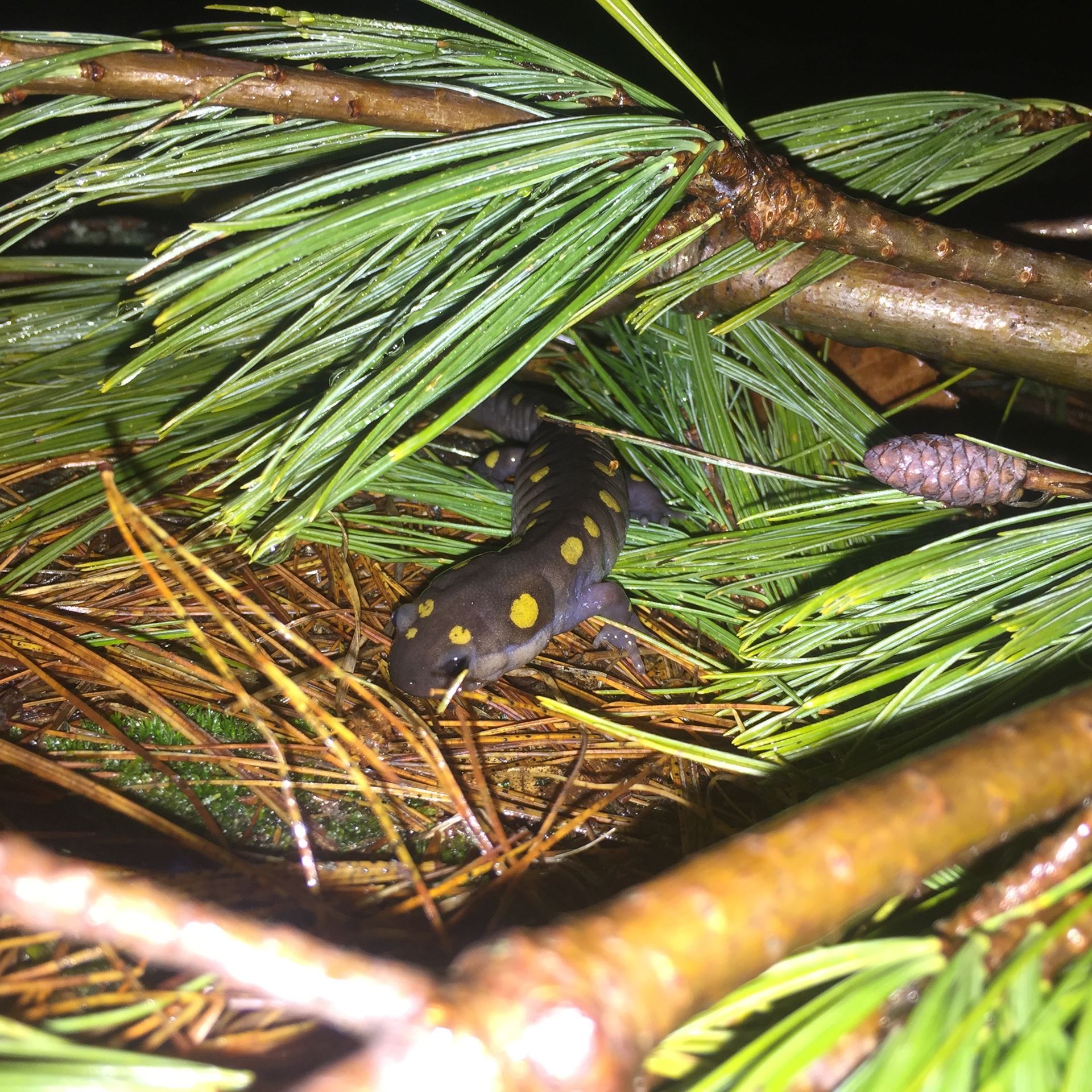 This grouping of four Spotted salamander photographs by Christian Kishida
This grouping of four Spotted salamander photographs by Christian Kishida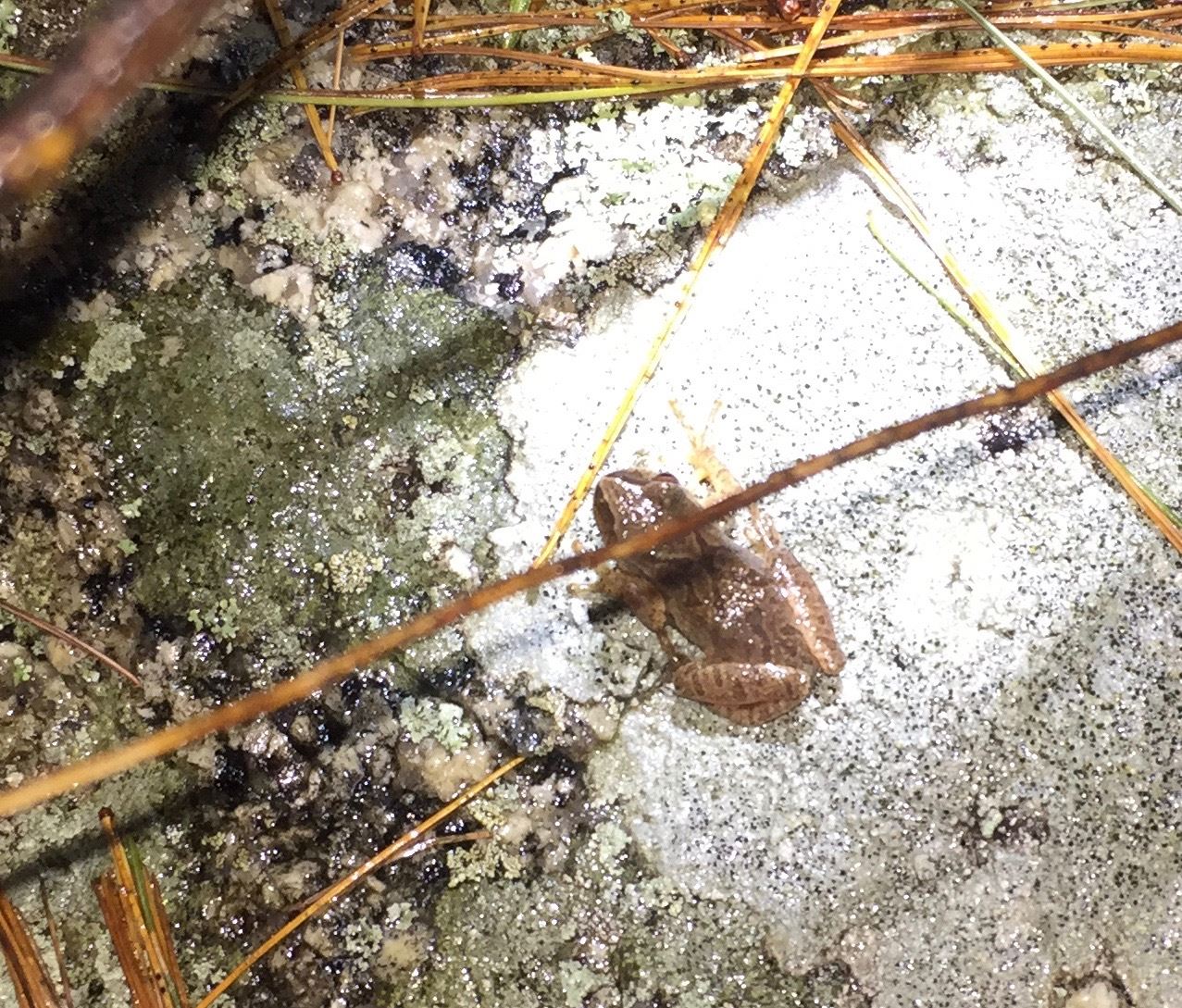
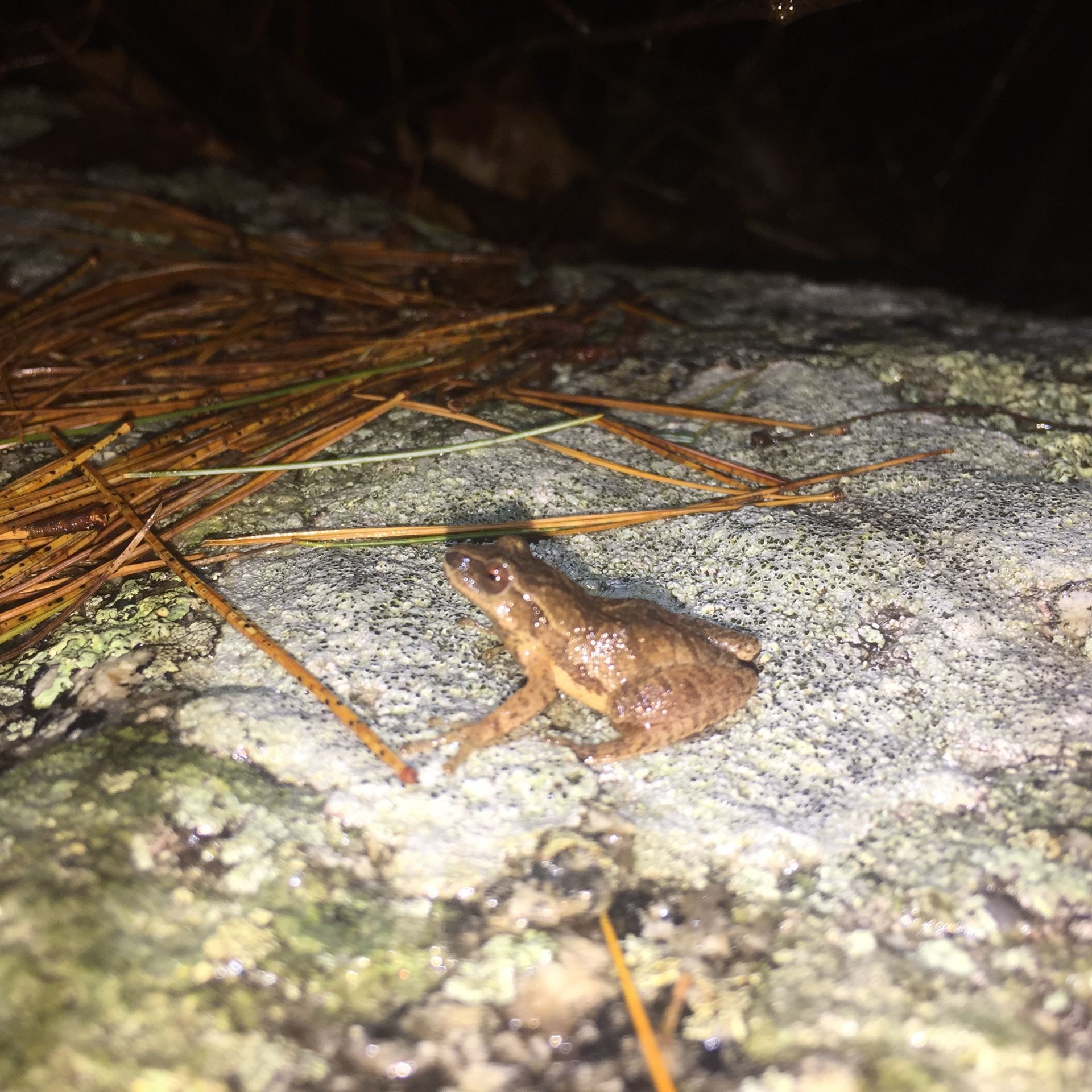 Above photograph of Spring peeper by Christian Kishida
Above photograph of Spring peeper by Christian Kishida